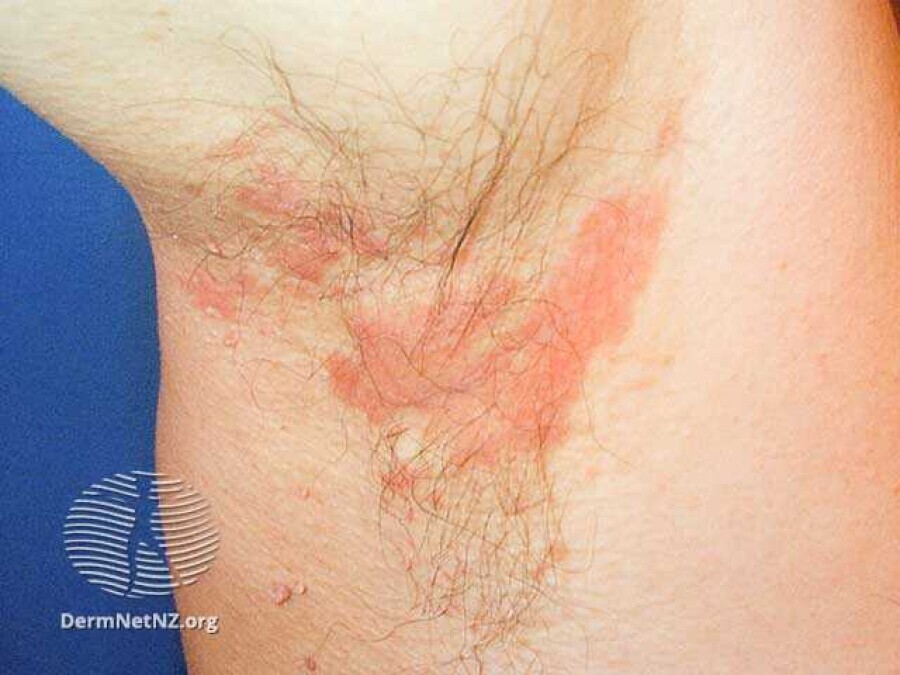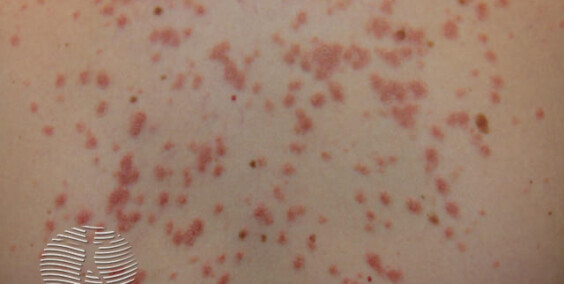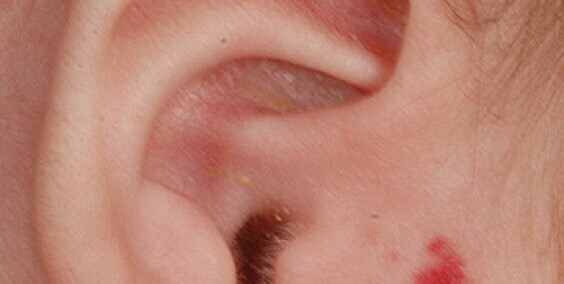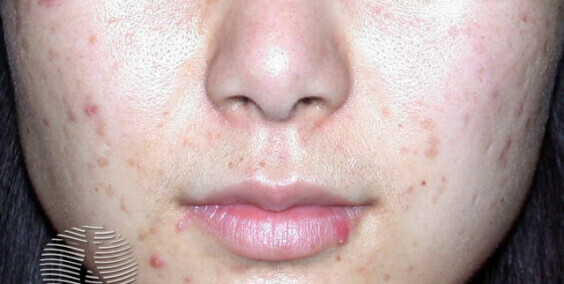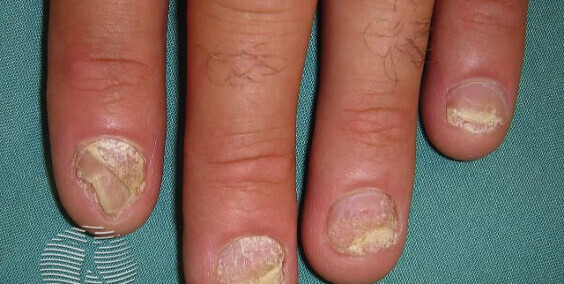Seborrhea, or seborrheic dermatitis, is a chronic skin inflammation that occurs in areas with the highest concentration of sebaceous glands. These "seborrheic areas" typically include the scalp, eyebrows, facial skin between the nose and mouth, skin around the navel, central chest areas, back, groin, and anus.
Not Just a Cosmetic Issue
It is important to note that seborrhea does not impact overall health, is not contagious, and is not a sign of poor personal hygiene. However, it can be extremely uncomfortable.
Prevalence and Demographics
Seborrheic dermatitis affects 2–5% of the total population, often appearing in infants up to the third month of life and occasionally in older individuals. The condition is slightly more prevalent in males.
Unraveling the Causes
The exact cause of seborrhea is not fully understood, but genetic inheritance and sex hormones are believed to play a role in its development. Male sex hormones stimulate the growth of sebaceous glands, while female sex hormones have the opposite effect.
Triggers and Aggravating Factors
Emotional stress and climate conditions, especially during winter, can significantly worsen seborrhea. Other factors contributing to seborrhea include the presence of the Pityrosporum ovale fungus, skin irritants, certain medications, immune disorders, changes in skin pH, unhealthy diet, and alcohol consumption.
Seborrhea in Different Life Stages
Infancy: The Beginning of Skin Changes
Seborrhea in children often occurs in the first three months of life, especially in infants with increased body weight fed with artificial milk. Increased sebum production is thought to be influenced by maternal hormones that pass through the placenta into the child's bloodstream.
Changes in children first manifest on the scalp as oily scales, known as cradle cap. After removing the scales, redness of the skin may be observed. Changes then spread to the face, behind the ears, between the nose and mouth, and are often found in skin folds. These changes typically resolve in the third and fourth months of life.
Adulthood: Gradual Onset of Symptoms
Symptoms in adults develop gradually, affecting seborrheic areas of the skin: scalp, face, skin around the nose and mouth, area behind the ears, central chest, and back, as well as knees and elbows. The scalp exhibits patches of various sizes and shapes covered with pale-yellow scales, accompanied by possible itching.
Management and Treatment
It is essential to emphasize that seborrheic dermatitis does not cause hair loss. The disease has a chronic course with alternating periods of improvement and exacerbation.
Therapeutic Approaches
Although seborrhea cannot be permanently cured, with proper therapy, the condition can be significantly improved. Treatment may include the use of shampoos, creams, and lotions containing corticosteroids, antifungal preparations, or antibiotics in case of secondary infection.
Lifestyle Modifications
Maintaining dry skin and hygiene, avoiding factors that worsen seborrhea, and, as advised by a doctor, adjusting dietary habits can help control the disease.
